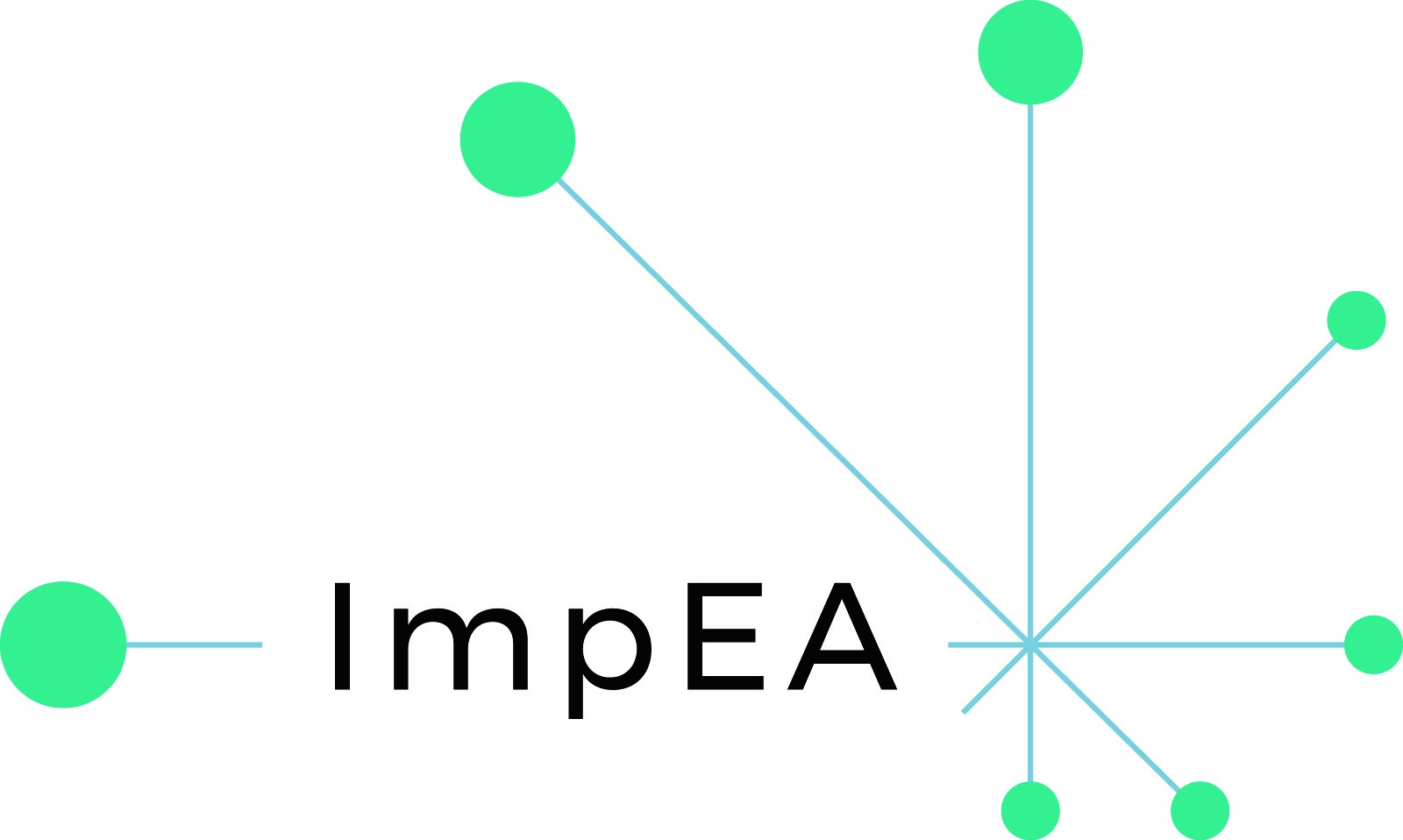Check other articles
1. Eligibility
2. Learning outcomes
3. Study programmes
4. Admission and recognition
5. Learning, teaching and assessment
6. Student support
7. Resources
8. Transparency and documentation
9. Quality assurance
9
Quality assurance
How to handle internal quality assurance jointly.
The standard on Quality Assurance states that “The cooperating institutions should apply joint internal quality assurance processes in accordance with part one of the ESG”.
The ESG (Standards and Guidelines for Quality Assurance in the European Higher Education Area) use the term ‘quality assurance’ to describe all activities within the continuous improvement cycle (i.e. assurance and enhancement activities). In this context, Internal Quality Assurance is intrinsically interlinked with External Quality assurance and Quality Assurance agencies. They form together the basis for a European Quality Assurance Framework.
Internal Quality Assurance includes according to part 1 of the ESG ten standards that joint programmes should deal with jointly:
- ESG 1. 1 Policy for quality assurance
- ESG 1. 2 Design and approval of their programmes.
- ESG 1. 3 Student centred learning, teaching and assessment
- ESG 1. 4 Student admission, progression, recognition and certification.
- ESG 1. 5 Teaching staff
- ESG 1. 6 Learning resources and student support
- ESG 1. 7 Information management
- ESG 1. 8 Public information
- ESG 1. 9 On-going monitoring and periodic review of programmes
- ESG 1. 10 Cyclical external quality assurance
Although most of these processes have been addressed in previous parts of the Toolkit, it is important to stress that they should be considered altogether as part of the general internal quality assurance process. In this context, two standards are fundamental: (ESG 1.1) a policy for quality assurance and (ESG 1.9) on-going monitoring and periodic review of programmes. ESG 1.1 states that “Institutions should have a policy for quality assurance that is made public and forms part of their strategic management. Internal stakeholders should develop and implement this policy through appropriate structures and processes, while involving external stakeholders”. This standard is closely link with ESG 1.9 “Institutions should monitor and periodically review their programmes to ensure that they achieve the objectives set for them and respond to the needs of students and society. These reviews should lead to continuous improvement of the programme. Any action planned or taken as a result should be communicated to all those concerned.”

The starting point to handle internal quality assurance jointly is that all the partners of the programme develop and agree on a quality policy and quality assurance mechanisms. As the Consortium Agreement is a key instrument to guarantee solid partners, a strong recommendation is to include within its provisions the programme quality policy and all the necessary matters related to internal quality assurance.
The list below aims at drawing attention to matters related to the ESG Part 1 standards that consortium partners should take into consideration to establish a joint internal quality system in their Consortium Agreement:
1. The partners and programme strategic aims and objectives, and their commitment to meet all quality applicable standards as well to continuously improve the programme. It is advisable to mention the ESG as reference and all necessary provisions of implementing the European Approach for Quality Assurance of Joint Programmes for their programme (ESG1).
2. The definition of the joint governing bodies of the consortium and their roles and duties with regard to the general management, academic supervision, quality assurance, professional advice, degree awarding/recognition issues, consortium changes (new partners, termination of participation), partner dispute resolution, and student complaints) ESG 1.1.
3. The responsibilities of the different bodies regarding quality assurance should be clarified and the internal quality mechanisms and the evaluation processes should be mentioned (ESG1.1)
4. The qualification resulting from a programme should be clearly specified and communicated, and refer to the correct level of the national qualifications framework for higher education and, consequently, to the Framework for Qualifications of the European Higher Education Area (ESG1.2).
5. The description of the academic programme and establishment of the programme/semester structure including the design of the mobility paths if any for students (ESG1.2).
6. The programme provisions related to the award of the final degree and joint recognition procedures (name, type, form, joint diploma supplement) (ESG1.2).
7. The procedures for student performance monitoring and evaluation (including use of ECTS and joint diploma supplement, organisation of exams and re-sit conditions, conversion of grades, thesis defence, etc.) (ESG1.3 and 1.4).
8. The student application, selection and admission criteria and procedures, and the consortium’s joint working mechanisms to run this process effectively (ESG 1.4).
9. The partner institutions responsibility for appointing sufficient and appropriately qualified staff to deliver the various elements of the degree programme specified in the Consortium Agreement (ESG1.5).
10. The agreement on a set of common services for students offered at all partner sites (administrative support, induction week if any, learning facilities, internship opportunities, summer school, language courses, etc.) (ESG 1.6).
11. All partners should ensure that they collect, analyse and use relevant information for the effective management of the programme and other activities (ESG 1.7).
12. The relevant information about the programme like admission requirements and procedures, course catalogue, examination and assessment procedures etc. should be well documented and available (ESG1.8).
Useful examples of Consortium Agreements covering all these aspects can be found at the websites of the Erasmus Mundus Joint Master Degree Programmes. See for example the NOHA Joint Masters in Humanitarian Action Consortium Agreement.
NOHA Joint Masters in Humanitarian Action Consortium Agreement.
It is also advisable to define more in detail the programme joint admission criteria, the curriculum (courses, content and structure), and the conditions for successful completion of the joint programme (examinations, assessment and grading system). For this purpose the consortium can adopt joint Study & Examination Regulations. These Regulations which are usually subject to the Consortium Agreement established joint criteria which should be in accordance with the policies and procedures locally in force and respecting national law.
Another important issue is the collection, analysis and use of the relevant information for the effective management of the programme and other activities (ESG 1.7). Without it, the quality enhancement of joint programmes is not possible. Reliable data is crucial for informed decision-making and for knowing what is working well and what needs attention. For this purpose, joint programmes need to establish procedures and instruments for reviewing and evaluating the degree programme in terms of curriculum, identifying the strengths and weaknesses of the courses, modules and teaching units, mobility, labour market integration and overall satisfaction. Some quality aspects of interest mentioned in the ESG 1.7 guidelines which can be collected and analysed are:
-
Key performance indicators;
-
Profile of the student population;
-
Student progression, success and drop-out rates;
-
Students’ satisfaction with their programmes;
-
Learning resources and student support available;
-
Career paths of graduates.
This means that partners need to make decisions about WHAT should be collected and analysed taking into consideration its final purpose, in other words, why it is done. Therefore ESG 1.7 should be read together with ESG 1.9 : “Institutions should monitor and periodically review their programmes to ensure that they achieve the objectives set for them and respond to the needs of students and society. These reviews should lead to continuous improvement of the programme. Any action planned or taken as a result should be communicated to all those concerned.” In this regard, in addition to the quality aspects listed above, the partners should evaluate following the ESG 1.9 Guidelines:
-
The content of the programme in the light of the latest research in the given discipline thus ensuring that the programme is up to date;
-
The changing needs of society;
-
The students’ workload, progression and completion;
-
The effectiveness of procedures for assessment of students;
-
The student expectations, needs and satisfaction in relation to the programme;
-
The learning environment and support services and their fitness for purpose for the programme.
But, it is not only WHAT but also WHO does it and HOW it is done, WHEN it is done and finally HOW these reviews are handled as “…These reviews should lead to continuous improvement of the programme. Any action planned or taken as a result should be communicated to all those concerned.”

1. WHO does it and HOW? If the responsibilities of the different bodies regarding quality assurance are mentioned in the Consortium Agreement this issue is solved. If not, it could be also be described in an Internal Quality Handbook or an Internal Quality Document. For instance, internal quality assurance can be coordinated by one partner and this partner alone or with another partner or with all the partners, it is in charge of designing the surveys, sending, collecting and analysing the information. The surveys and questionnaires can be sent online and/or filled in onsite and then processed by each partner and/or centrally.
In order to avoid duplicating efforts it is recommended that to the possible extent the internal quality assurance measures for a joint programme rely on the existing internal QA measures at each partner. In this regard, one option is to mutually recognise the internal quality assurance schemes of the participating institutions, and include this in the agreement between the institutions However, this option does not exclude the need to investigate aspects related to the ‘jointness’ of a joint programme.
2. WHEN is it done? It is important to establish an Internal Quality Calendar to implement and streamline the internal quality procedures. In the calendar, a yearly action plan for internal quality enhancement for each of the stakeholder groups could be included as an annual “to do”-list . This help ensures that the internal quality procedures are implemented in a coordinated manner by the different partners and responsible bodies.
3. HOW are these reviews handled? Based on the results of the data collection and its analysis, the partners should agree on an enhancement system for suggesting and implementing improvements as well as the available instruments for the procedure. As the guidelines mention, what is important is that students, academic and administrative staff are involved in providing and analysing information and planning follow-up activities.
